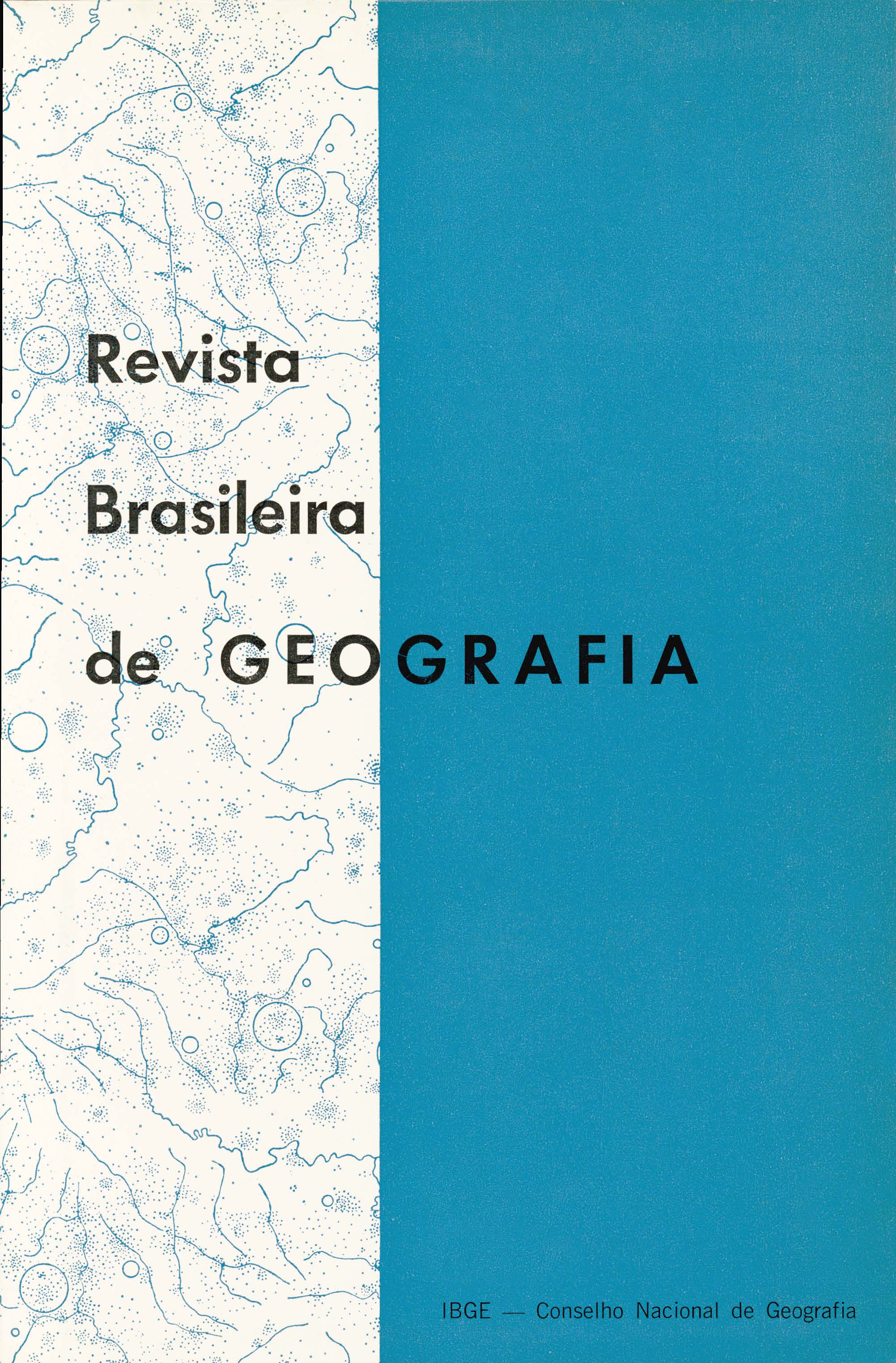Regiões agrícolas do Estado do Paraná : uma definição estatística
Keywords:
Geografia econômica, Produtividade agrícola, Geografia regionalAbstract
This work seeks chiefly an experimentation of a methodology in quantitative bases to identify agricultural regions, which was applied in Paraná, a State of great agricultural importance.
It was accomplished, based on data of the cultivated area, the analysis of the tillages through its hierarchy, diversification, concentration and combination, and was made, with data related to the number of cattle, the analysis of the herds through its hierarchy concentration and density. In both analysis was utilized 1965 data from the Equipe Técnica de Estatística Agropecuária do Ministério da Agricultura and applied statistical techniques developed by foreign authors and adapted to the brazilian conditions. It was yet elaborated a study of the ways of land use and its combinations, aiming to fill the deficiency of the analysis of both tillage and cattle raising.
Based on a comparison of the nineteen maps that was worked out taking into account the elements of the natural board, where the agricultural activity is developed, were identified eighteen regions characterized by the homogeneity of the agricultural production. These agricultural regions were disposed in groups in a superior level of seven great regions with identity of process of population, ways of land use, development of agricultural economies and of the integration degree in the regional or national agricultural economy.
The northern part of Paraná State is well characterized by coffee plantations, where it find good ecological conditions for its cultivation and expansion. Around this plantations, which establish the agricultural structure of that region, other cultures as cotton, cereals and cultivated pasture are being developed in a more advanced agricultural methods.
This kind of agricultural activities is in opposition to that one of the south, where exist a primitive and recent colonial occupation. In areas of subtropical forest, characterized by the Auracaria angustitolia (brazilian pine tree), foreign settlers and their descendants have accomplished a land use system based on mixed farming and pig breeding.
The prairie areas of the second and third plateau constitutes another complex whole well characterized. Settled by Portuguese-brazilian has in the extensive cattle raising its traditional activity. It pass, nowadays, by a transformation in the agricultural economy with the introduction and expansion of a mechanized farming, with cereals and potatoes.
The coastland, with yearly cultivation of subsistence and banana plantation, is a region whose physical conditions didn't favor the agricultural valorization of its land.
In the high Ribeira region the physical conditions also didn't aid its agricultural utilization, but this exist, even so, as land rotation system with culture of corn and bean.
The central part of the State, of low valorization land, has its agricultural economy based on yearly cultivation made in a land rotation system and pig breeding put in practice by ancient methods.






